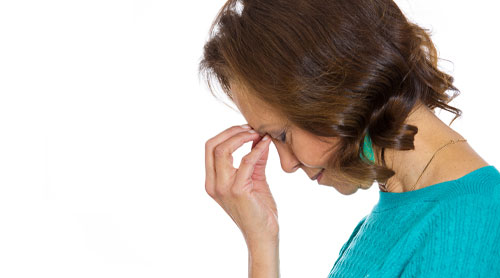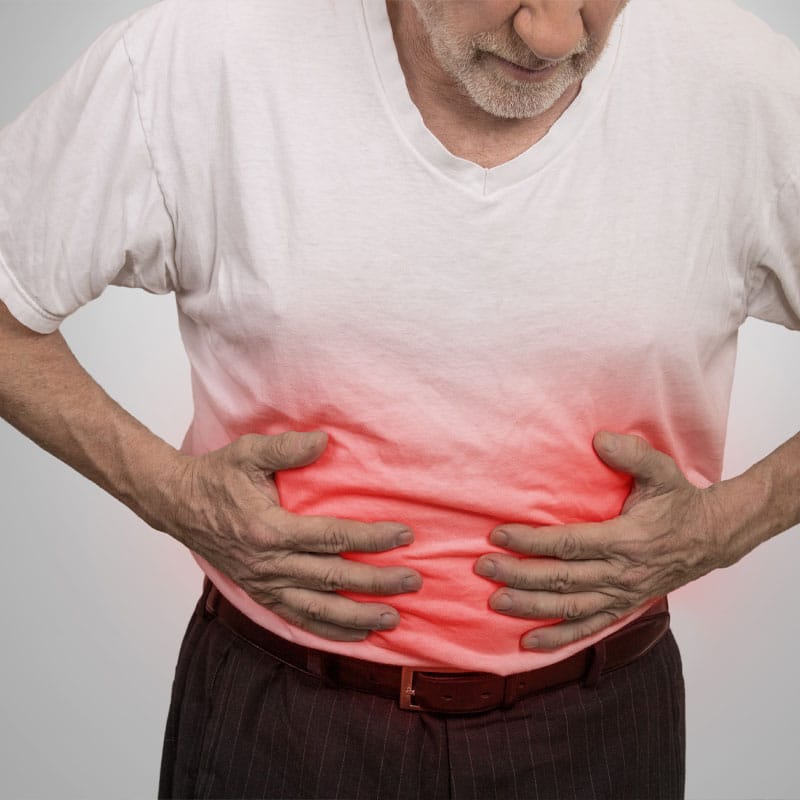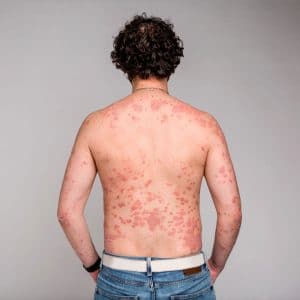Women experience numerous physiological changes during their 50s. This includes slowing down of the reproductive system, ovaries begin making less estrogen, and the menstrual cycle becomes erratic. All of the above symptoms are the beginning of menopause. Many women wonder how long does menopause last. There is no good answer to this because it can vary from woman to woman; however, here are some guidelines on what to expect while you transition through this natural phase of life.
Menopause occurs when you stop having a menstrual period for one year. Typically, women will go through menopause in their late 40s to 50s; however, those women who have had their ovaries removed will go through surgical menopause. With surgical menopause, menstrual periods and estrogen production stop immediately.
Women may experience menopause earlier or later. If you experience menopause before 45 years of age, it is referred to as early menopause. If you experience menopause before the age of 40 years old, it is referred to as premature menopause.
Causes of Menopause
As you age, the body has several physical changes. The ovaries no longer work as well and begin making less estrogen. As estrogen levels decline, the menstrual cycle can become irregular and eventually stop. As the body adapts to the changing hormone levels, you will experience numerous symptoms.

What About Your Eggs?
You are born with the total number of eggs that your ovaries will release into the fallopian tubes throughout your life. Once a female reaches puberty, her ovaries will release one egg during ovulation. When the ovaries have used up all of the eggs, the menstrual cycle will end, and menopause will begin. During the last few years of your menstrual cycle, your periods can become erratic as ovulation ends.
What Happens to Your Female Hormones?
The ovaries produce several key hormones, including estrogen, progesterone, and testosterone. Estrogen and progesterone control menstruation regulates cholesterol levels and affects how the body uses calcium. Women going through menopause will have dips and spikes in their hormone levels as the ovaries begin to reduce the amount of hormone produced.
Perimenopause, Menopause, and Postmenopause
Menopause is a gradual process that occurs in three different phases – perimenopause, menopause, and postmenopause. Let’s take a look at each phase and the average time period of each phase of menopause.
- Perimenopause – Perimenopause, which is sometimes referred to as menopause transition, typically begins when a woman reaches her mid to late 40s. This phase of menopause can last 8 to 10 years. During this time period, the ovaries begin to reduce the amount of estrogen produced. Perimenopause continues until the ovaries stop producing eggs. In the last year or two of perimenopause, estrogen levels decline rapidly, which causes a number of symptoms. Although the menstrual period becomes erratic, a woman can still become pregnant.
- Postmenopause – Postmenopause is the end of menopause. A woman has stopped menstruating for a year. Postmenopause continues throughout the rest of a woman’s life. Most menopausal symptoms have ended; however, due to the lower estrogen levels, some women may continue to experience symptoms for ten or more years after going through perimenopause.

Menopause typically starts between the age of 45 years old and 55 years old. It is a totally natural process that every woman goes through. If the symptoms of menopause are disrupting your life, speak with our menopause doctor specializing in women’s health. Our integrative practitioners use the latest scientific discoveries and holistic practices to help you transition from perimenopause to menopause and beyond with the least possible disruptions to your lifestyle.

















